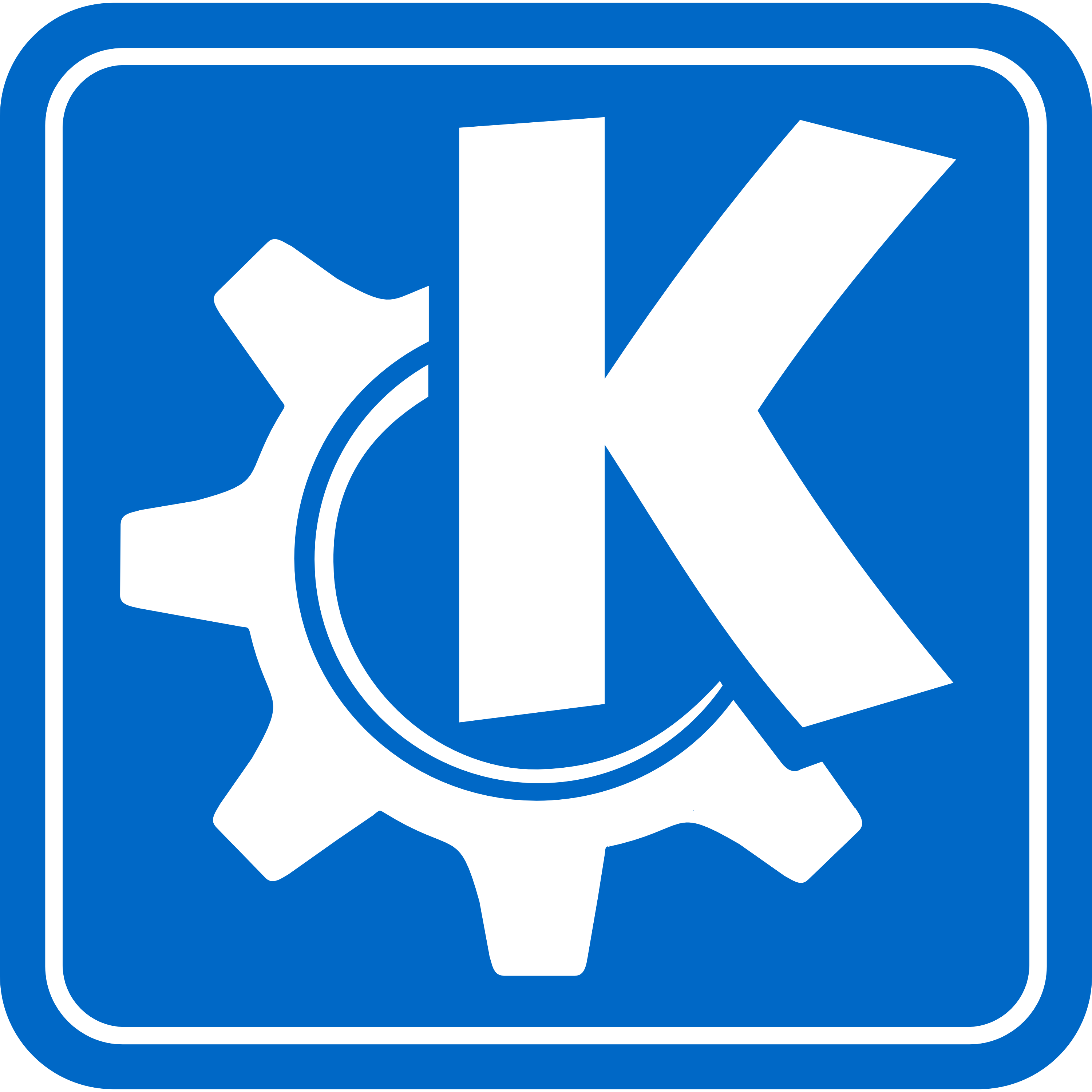
GCompris- Changes made in roman_numerals activity
In this post, I am going to talk about the recent design changes made in the roman_numerals activity.
Inspiration
The major goal of the task was to improve the following two aspects of the activity:
- The evaluation of the answer was initially calculated via a timer. This means that whenever the answers in the input field was changed, the answer was checked with the correct answer and the resultant feedback was displayed. This was inconvinient, specially if the user is not fast enough. So a definite input was needed to confirm whether the user wants their answer to be evaluated.

- Redesigning the layout of the activity to make the activity more user-friendly, as Ilya mentioned in a blog post

Changing the answer evaluation process
For this, the simplest solution is to remove the existing timer and replace it with an OK button to compare the answer by the user with the correct answer.
BarButton {
id: ok
source: "qrc:/gcompris/src/core/resource/bar_ok.svg";
sourceSize.width: 60 * ApplicationInfo.ratio
visible: true
anchors {
bottom: bar.top
right: score.left
rightMargin: 10 * ApplicationInfo.ratio
bottomMargin: 10 * ApplicationInfo.ratio
}
onClicked: items.check()
}
check() is a method under items which simply checks the answer by the user with the correct one ans displays the result.
property bool isChecking: false
function check() {
if(isChecking) {
return
}
isChecking = true
if( feedback.value == items.questionValue ) {
bonus.good('tux')
} else {
bonus.bad('tux')
}
}
Along with the OK button, the check() method is also called the Enter or Return key is pressed, just to make things easier
Keys.onPressed: {
if ((event.key === Qt.Key_Enter) || (event.key === Qt.Key_Return)) {
items.check()
}
}
Changes in the overall layout of the activity
The instructions were centrally aligned and was represented in a tabular form, to make it look more user-friendly. Following this, a problem can arrive when the instruction text will need more space than allocated. For overcoming this, we use a Flickable to restrict the text to it’s given allocated space
Rectangle {
color: "transparent"
width: parent.width
height: (background.height - (y + bar.height + ok.height + keyboard.height) * 1.1 )
Flickable {
width: parent.width
height: parent.height
contentWidth: parent.width
contentHeight: instructionContainer.height
anchors.margins: 8
anchors.fill: parent
flickableDirection: Flickable.VerticalFlick
clip: true
GCText {
id: instruction
visible: items.instruction != ''
wrapMode: TextEdit.WordWrap
fontSize: tinySize
anchors.horizontalCenter: parent.horizontalCenter
width: parent.width * 0.9
text: items.instruction
horizontalAlignment: Text.AlignHCenter
color: 'white'
Rectangle {
id: instructionContainer
z: -1
opacity: 0.8
gradient: Gradient {
GradientStop { position: 0.0; color: "#000" }
GradientStop { position: 0.9; color: "#666" }
GradientStop { position: 1.0; color: "#AAA" }
}
radius: 10
border.color: 'black'
border.width: 1
anchors.centerIn: parent
width: parent.width * 1.1
height: parent.contentHeight
}
}
}
}
}
Along with this, it was decided that the dynamic conversion was not always necessary, if the user wanted to challenge themselves. For this, a simple Hint was added to the Bar, with which the user can turn the dynamic conversion on or off
Bar {
id: bar
anchors.bottom: keyboard.top
- content: BarEnumContent { value: help | home | level }
+ content: BarEnumContent { value: help | home | level | hint }
onHelpClicked: {
displayDialog(dialogHelp)
}
And just turn it on/off likewise
onHintClicked: feedback.visible = !feedback.visible

Overall, I was satisfied with the final result of this. The full changes can be viewed here. Any suggestions for further improvements are always welcome.
Let me know what you think of this article on twitter @RudraNilBasu or leave a comment below!